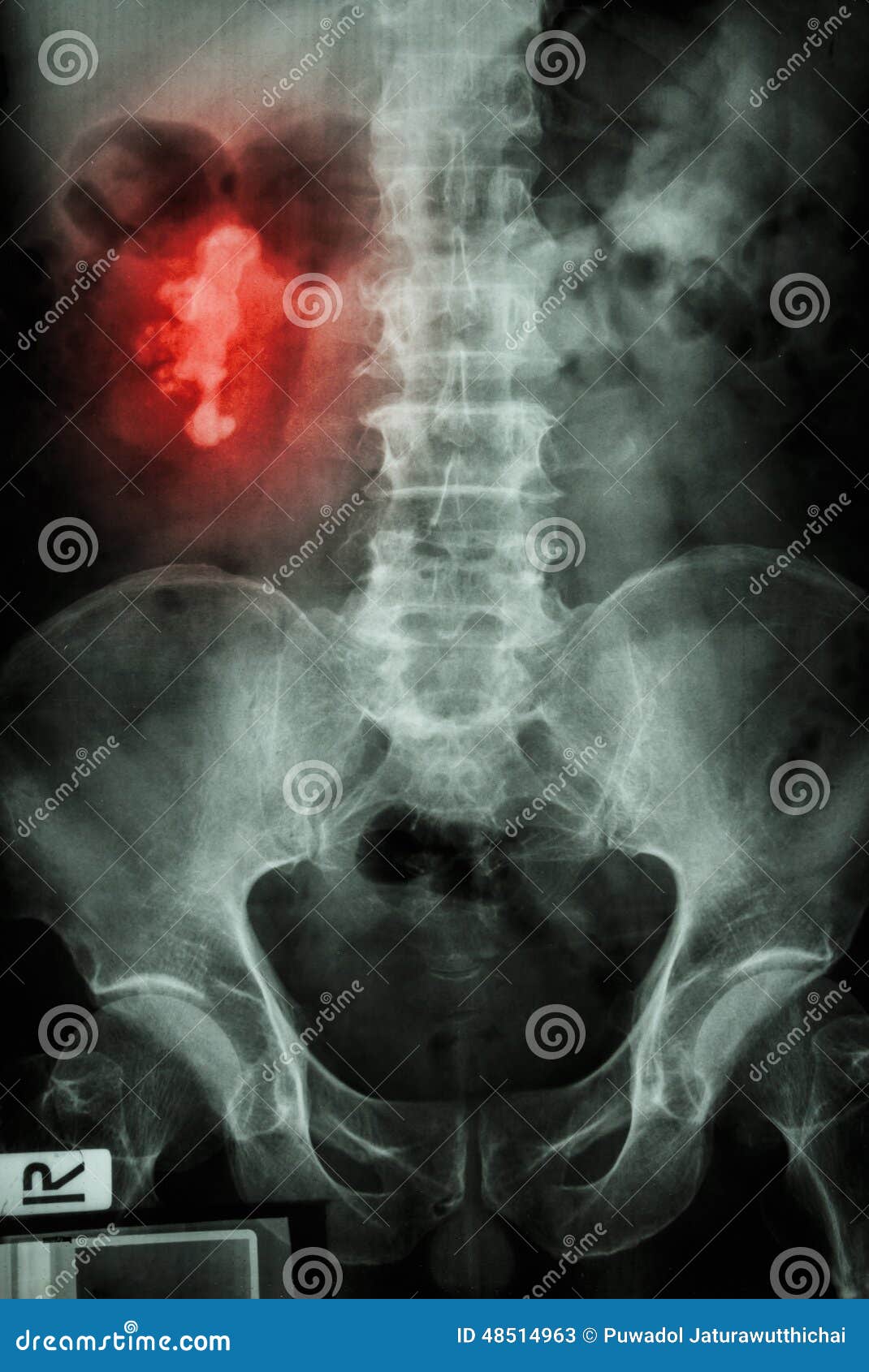

Blood in the urine - as the result of damage to the lining of the ureter or the presence of infection.Other symptoms that may be experienced include: Renal colic is caused by the ureter trying to expel the stone towards the bladder using a wave-like motion (peristalsis). The pain is referred to as renal colic and may last for a brief time or for several hours before subsiding. The pain may be felt in the abdomen or lower back and can radiate down to the groin region. The most common symptom of kidney stones is intense pain in the back, between the bottom of the ribs and the hip bone. In the majority of cases, the precise cause of a person’s kidney stones remains unknown. Some medications taken for other conditions, such as diuretics and corticosteroids.Structural problems that cause pooling of urine and infection in the kidney.Diets high in salt, protein, sugar and vitamin D.General factors that can increase the risk of developing kidney stones include: Cystine stones may first appear when a person is in their teens, 20s or 30s. Cystine stones: These kidney stones are relatively rare and associated with a disorder that a person may inherit from their parents in how their body processes cystine, which is a substance produced when the body digests protein.They tend to occur in people who have repeated urinary tract infections Struvite stones: These kidney stones are composed of magnesium, ammonia, and phosphate.Many people with this type of kidney stone also develop gout - a painful form of arthritis caused by solid deposits of uric acid in the joints. They tend to occur in people who do not drink sufficient fluids or lose a lot of fluid, and in people who eat a high protein diet. Uric acid stones: These kidney stones occur when excess amounts of uric acid are present in the blood.This may be due to medical conditions such as hyperthyroidism and sarcoidosis, or as the result of a diet high in meat, fish, and poultry These occur when there are excess levels of calcium circulating in the blood. They are composed of calcium in combination with other chemicals. Calcium stones: These are the most common type of kidney stone.There are several types of kidney stones, each the result of different causes or processes in the body. This can lead to infection and kidney damage.Ī person can have a single stone or many of them. Large stones can become stuck in the kidney, ureter, or bladder causing pain and blockage of urine flow. Small kidney stones can cause pain as they pass through the urinary tract. They can be smooth or they can have jagged edges. Kidney stones can vary in size from a grain of sand to bigger than a golf ball. Kidney stones (also called renal calculi, renal lithiasis, and nephrolithiasis) occur when chemicals and minerals, in the urine combine to form solid material inside the kidneys. The kidneys are part of the urinary system, which includes the bladder, ureters (tubes from the kidney to the bladder), and urethra (tube from the bladder to the outside of the body). Their purpose is to filter waste products and excess fluid from the blood, and produce hormones that play a role in blood and bone formation and controlling blood pressure.

The kidneys are bean-shaped, fist-sized organs located under the ribs. And, while they can occur at any age, kidney stones are more likely to occur in people over 30 years of age. Kidney stones occur more commonly in men than in women. It has been estimated that 10 to 15% of the New Zealand population will be affected by kidney stones at some stage in their lives. Kidney stones occur when minerals build up in your urinary system and solidify into a stone, causing pain and other symptoms.


 0 kommentar(er)
0 kommentar(er)
